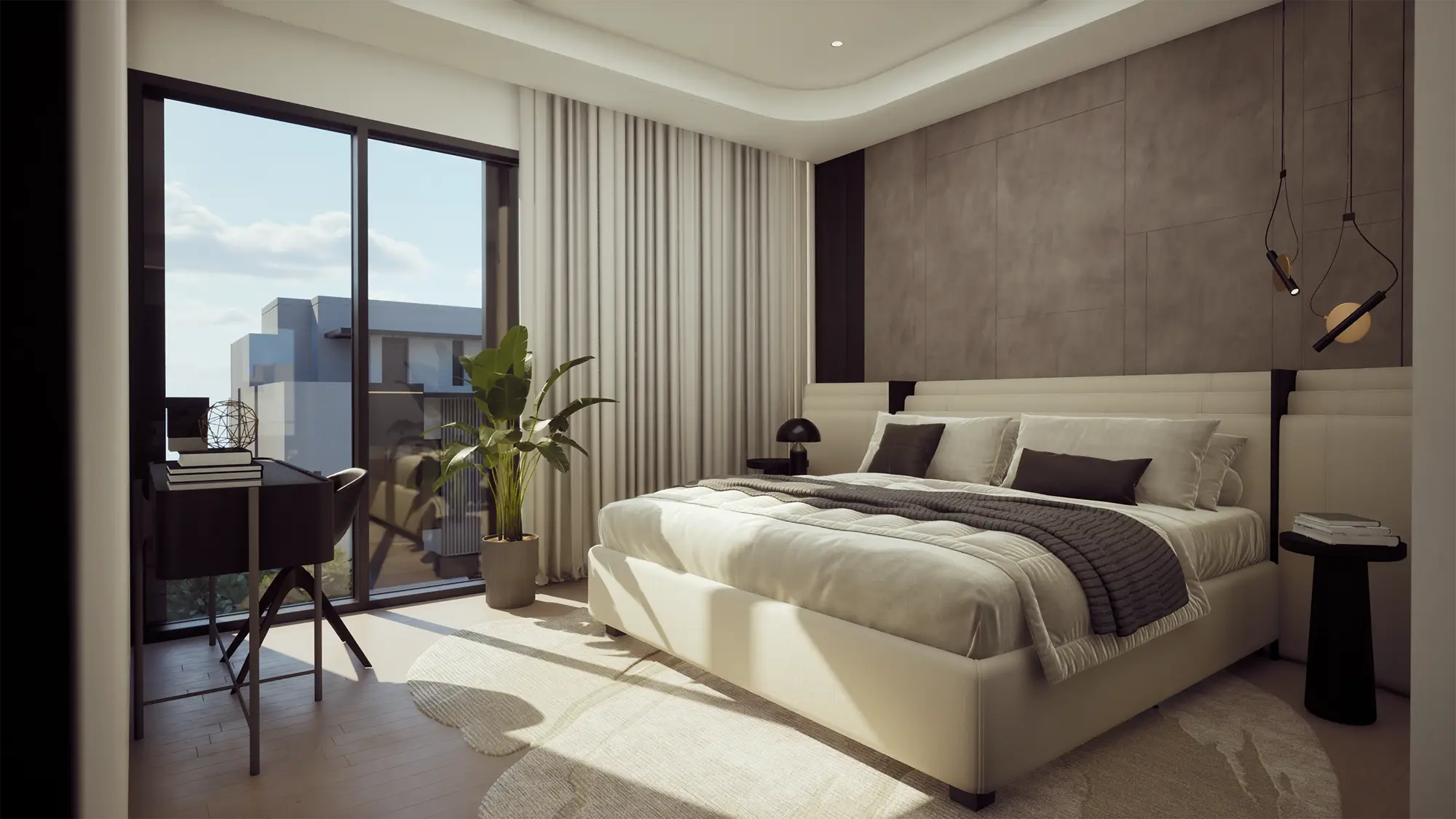
If you’re a real estate developer in the UAE or Saudi Arabia, chances are you’ve heard the buzz: virtual reality is transforming how properties are marketed and sold. Whether it’s immersive walkthroughs, 3D masterplans, or full-scale headset experiences, developers across the region are exploring new ways to connect with buyers, especially when selling off-plan.
But when it comes to your own project, you might still be asking:
“Do we need this? Which tool is right for us? What does it actually take to implement?”
You’re not alone. Many developers want to modernize their buyer journey, but get stuck before they even start. The market is full of vendors and formats, each promising different benefits. Yet without a clear framework, it’s difficult to decide what works for your team, your funnel, and your buyers.
This guide is designed to cut through the noise. Whether you’re planning your first interactive campaign or thinking about bringing virtual reality to your next launch, here’s a simple, actionable breakdown of what tools exist, where they fit, and how to roll them out effectively.
While it is easy to dive head first into the various technical solutions on offer, it is most important to begin with strategy.
Many sales and marketing leaders feel internal pressure to “do something immersive,” but lack clarity on what will actually help their teams close faster or make buyers more confident.
That creates tension:
These are legitimate concerns. And they’re why immersive tools should be matched not to hype, but to business goals. The goal isn’t to impress buyers with flashy tech, which can rapidly seem like a gimmick. It’s rather to help them feel clarity, confidence, and connection at each stage of the decision-making process.
Here’s a simplified overview of the most commonly used immersive tools in off-plan real estate, and what they’re best for.
Not every buyer is ready for a VR headset demo on day one. The key to success isn’t simply having immersive content: it’s using it at the right time.
Here’s how to think about immersive deployment through the lens of the buyer journey.
Buyer needs: Understand the big picture, quickly.
Best tools:
These tools work well on your project website, in ads, or as part of an event teaser. They should load quickly, work across devices, and help buyers visualize location, amenities, and the project’s overall concept. The aim is also to create that first emotional connection through storytelling.
Buyer needs: Explore the project in detail; envision the lifestyle; involve others.
Best tools:
This stage is about deepening curiosity. Buyers want to understand the environment, share details with family, and start imagining what life could look like in the development.
Buyer needs: Compare unit options, finishes, and layouts. Involve family or advisors in the process.
Best tools:
This is where buyers begin sharing links with others. These tools should be easy to share (via email or WhatsApp) and help buyers narrow down their options with clarity and confidence.
Buyer needs: Emotional connection and clarity.
Best tools:
This stage is ideal for guided, in-person use of immersive tools. It’s not about overwhelming the buyer—it’s about letting them feel what their future life could be.
Buyer needs: Confidence, transparency, and validation.
Best tools:
These tools reduce post-purchase anxiety and help generate word-of-mouth by giving buyers something they’re proud to show off.
The customer journey and corresponding tools described above are meant to illustrate a possible implementation. What this looks like for your project depends on many factors, which can be uncovered through a strategic review of the project, its launch & communication strategy, and sales setup.
The below questions can help guide this thought process:
These questions will help you avoid wasting resources on tools that don’t align with your actual goals or team capacity.
Let’s say you’re launching a new residential community in Riyadh. Here’s how your immersive rollout might look:
This isn’t hypothetical. It’s how leading developers in the UAE and Saudi Arabia are already modernizing their off-plan sales journeys.
Virtual reality real estate tools go way beyond simply looking impressive. They help solve real problems:
Whether you’re exploring virtual reality in Saudi projects or planning your next immersive launch in the UAE, the goal is the same: clarity, confidence, and connection.
You don’t need to use every immersive tool out there. You just need to choose the right one for the right moment. Whether you’re working on a high-rise tower in Dubai or a masterplanned community in Riyadh, the best immersive experience is the one that supports your buyer’s journey, not distracts from it.
Because when buyers understand what they’re buying—visually, spatially, and emotionally—they’re more likely to say yes.
Not sure which immersive tools fit your goals? Book a 30-minute strategy call to talk through what’s possible for your next launch.